Do I need a New Roof?
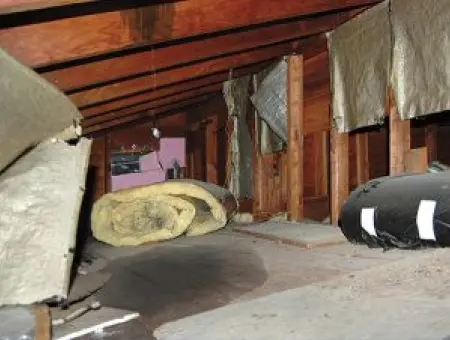
A leak in the attic
After a strong storm or wind-driven rain, take a look in the attic for signs of leaking. It could indicate damaged shingles, inadequate underlayment or deteriorated flashing.
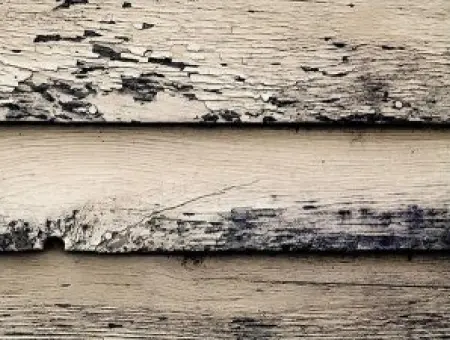
Blistering or peeling interior or exterior paint
Moisture trapped in the house due to poor ventilation can cause exterior paint to peel and blister.
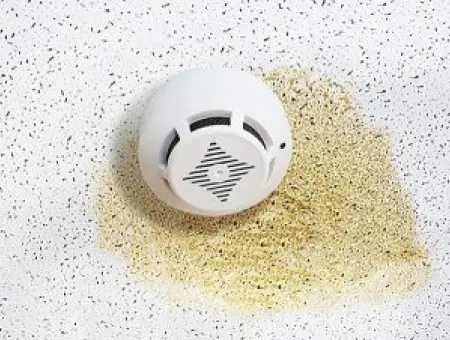
Stains on interior ceilings and walls – mold or mildew growth
Stains, or worse, mold, can be caused by leaks from outside the house or moisture trapped inside.
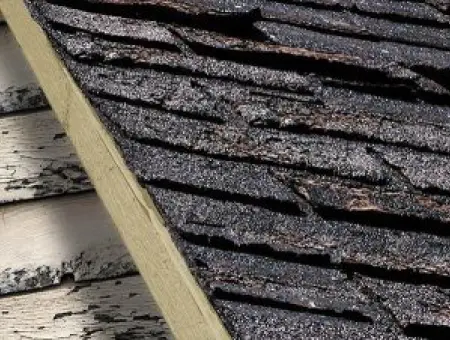
Exterior decay in sheathing and/or siding
Excess moisture can also contribute to decay.
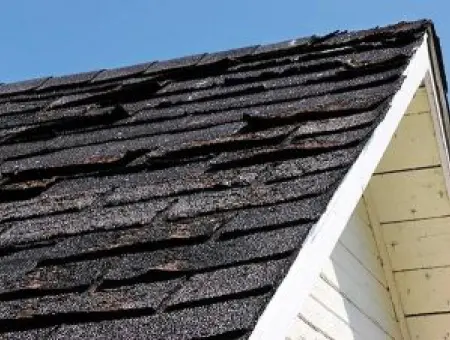
Missing, cracked, or curled shingles
Dry, cracked, or easily broken shingles have reached the end of their useful life, and it’s time to invest in a new roof.
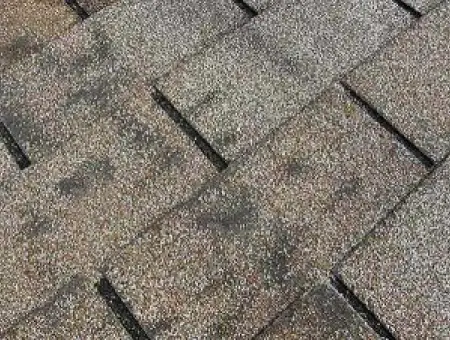
Dark, “dirty-looking” areas on your roof
Vegetation, fungus, mold, or algae growth can cause dark stains on your shingles. That doesn’t necessarily mean you need a new roof, but if you do choose to replace your shingles, ask for StainGuard® protection — available on many GAF Shingles, including Timberline® Cool Series Shingles, Timberline® Natural Shadow® Shingles, Timberline® ArmorShield™ II Shingles, and Timberline® Ultra HD® Shingles.
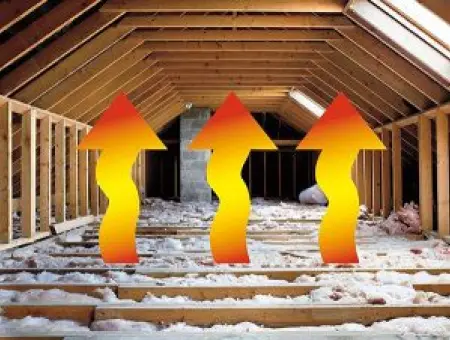
Excessive energy costs
Inadequate ventilation can possibly drive up your household cooling costs by trapping hot air in the attic. Attic moisture can also drip into your insulation, reducing its effectiveness.
How to Inspect for Damage
- Check flashing for damage or inadequate coverage
- Look under eaves and overhangs for damage
- Examine shingles for any that are missing, cracked, curled, torn, or warped
- Look for any open seams or joints
- Look for popped or rusted nails or stains around nails
- Look for signs of insects or critter infestation (squirrels love climbing on roofs)
- Check for sagging or unsound areas
- Check for rotten fascia and eaves
- Inspect your sources of roof ventilation to make sure they are not clogged
- Inspect gutters for sagging or signs of leaks and be sure to remove any leaves or debris
- Check for dark patches or biological growth
- Check around pipes and roof penetrations to make sure they are sealed and in good shape – there shouldn’t be any exposed nails around flashings (if so, they should be sealed)
- Look inside the attic for signs of leaks, dark spots, holes, or sagging sheathing
